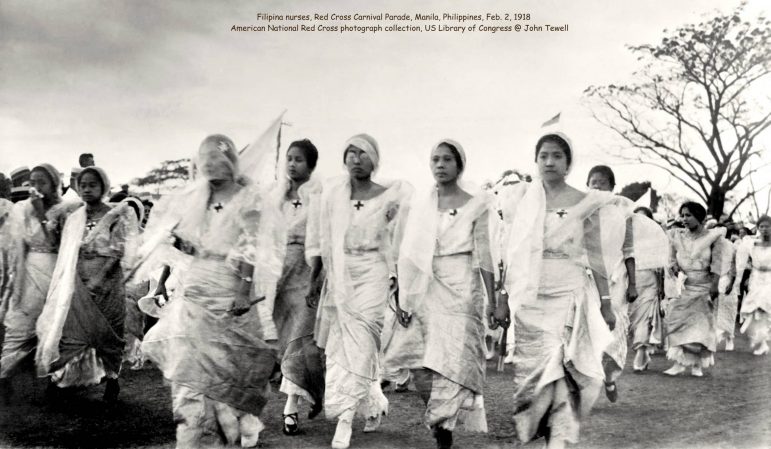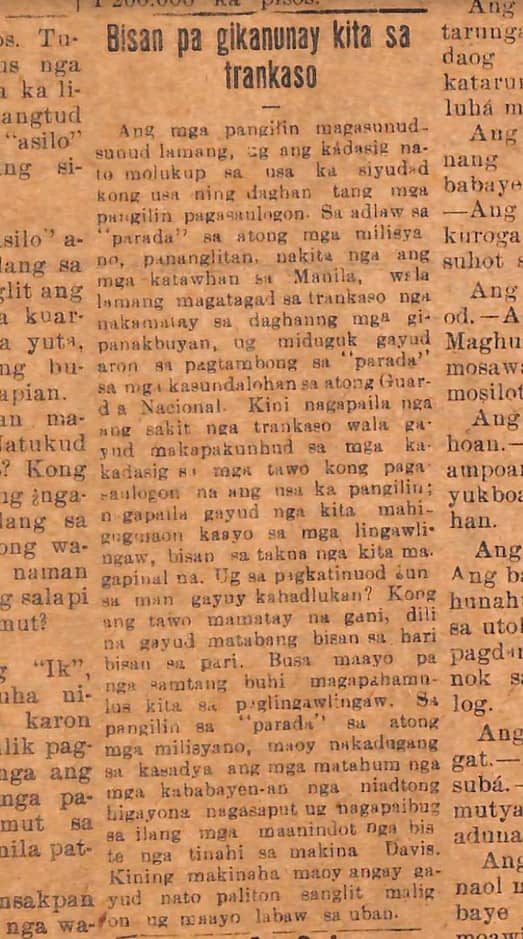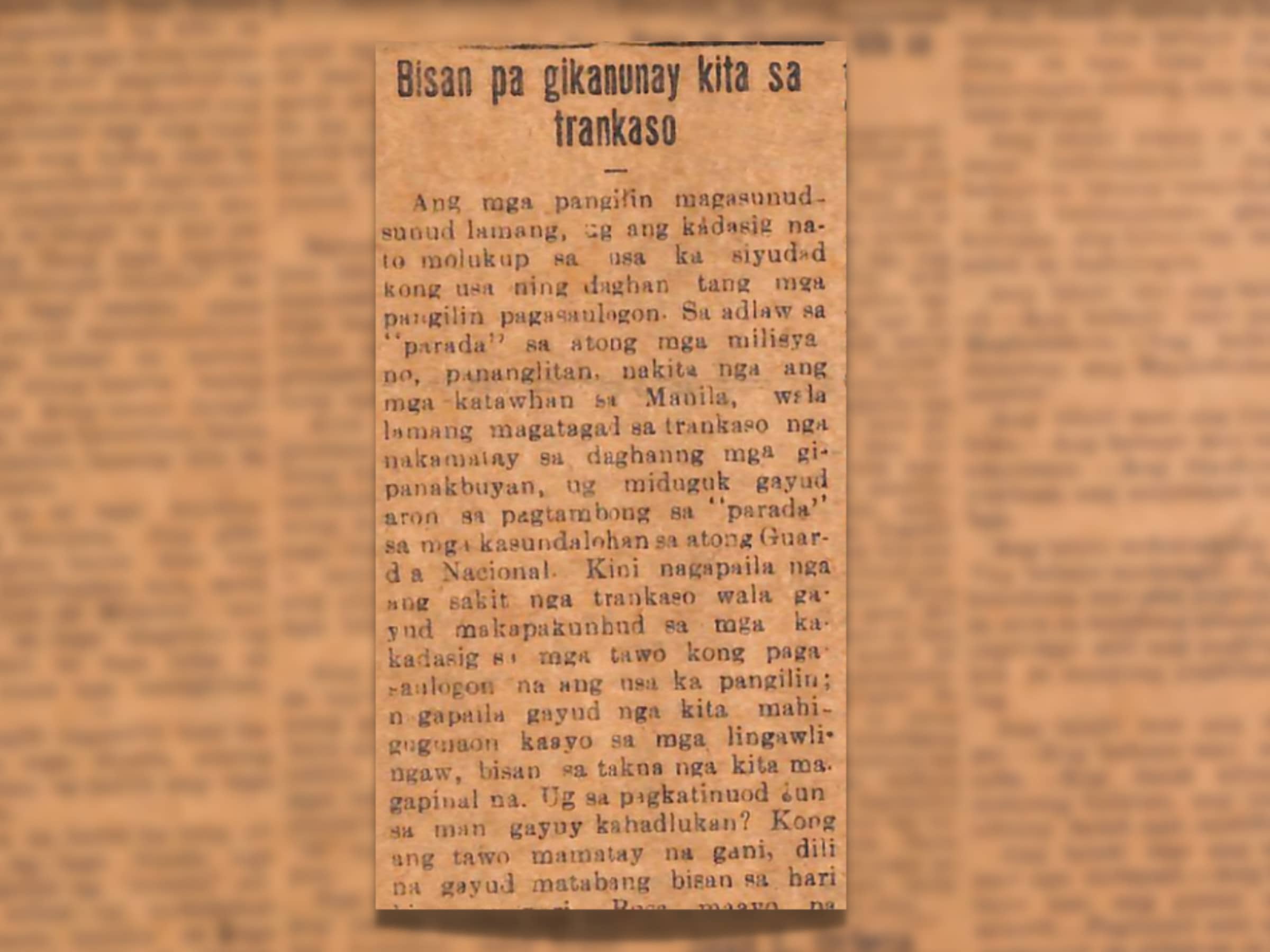Authorities are asking people to put off and avoid mass gatherings with the spread of the more contagious but reportedly less virulent omicron strain of COVID-19. In Cebu City, Mayor Michael Rama was criticized by some for his statement on not cancelling the Sinulog, albeit organizers clarified that there won’t be street dancing and other mass gatherings.
A hundred years ago this month, Cebu and the rest of the country were coming into the new year 1919 from the deadly second wave of Spanish Flu or influenza at the end of 1918. Nationwide, the number of deaths (total and not just from flu) exploded from registering in the hundreds monthly to 48,523 in November 1918 and 35,204 in December 1918.
Cebu, meanwhile, recorded 1,560 influenza deaths in 1918 and 716 in 1919.
Throughout 1918, the weekly Nueva Fuerza reported intermittently about the trancazo that was spreading in Manila and various parts of the country. In some reports, it was referred to as dengue. The year 1919 was a different world but when you read about what happened in the country during the pandemic, you can glimpse familiar problems over a dearth of medical supply, lack of manpower, and lax quarantine.

On the January 28, 1919 issue of Nueva Fuerza or Bag-ong Kusog, the weekly paper published an article reporting how people in Manila did not mind the spread of the trancazo, which killed many of those it infected, to attend a military parade by the national guards.
“Kini nagapaila nga ang sakit nga trankaso wala gayud makapakunhud sa mga kadasig sa mga tawo kong pagasaulogon na ang usa ka pangilin; o gapaila gayud nga kita mahigugmaon kaayo sa mga lingawlingaw, bisa sa takna nga kita magapinal na,” the paper said. (This shows that the flu did not dampen our enthusiasm to attend events or that we love entertainment so much we attend gatherings even on our dying breath.)
“Ug sa pagkatinuod unsa man gayuy kahadlukan? Kong ang tawo mamatay na gani, dili na gayud matabang bisan sa hari. bisan sa pari,” the article took a fatalistic turn. (In truth, what is there to fear? If a person dies, he won’t be saved by the king or the priest.)

“Busa maayo pa nga samtang buhi magapahamulos kita sa paglingaw-lingaw. Sa pangilin sa “parada” sa atong mga milisyano, maoy nakadugang sa kasadya ang mga matahum nga mga kababayen-an nga niadtong higayona nagasaput ug nagapaibug sa ilang mga maanindot nga biste nga tinahi sa makina Davis,” the article continued. (Therefore, so long as we are alive, let’s be merry. Adding to the entertainment are the beautiful women wearing and showing off their beautiful dresses made using the Davis sewing machine.)
The article ended with a commercial note (was this an early form of sponsored content?: Kining makinaha maoy angay gayud nato paliton sanglit maligon ug maayo labaw sa uban. (This is the sewing machine to buy because it is durable and good.)

